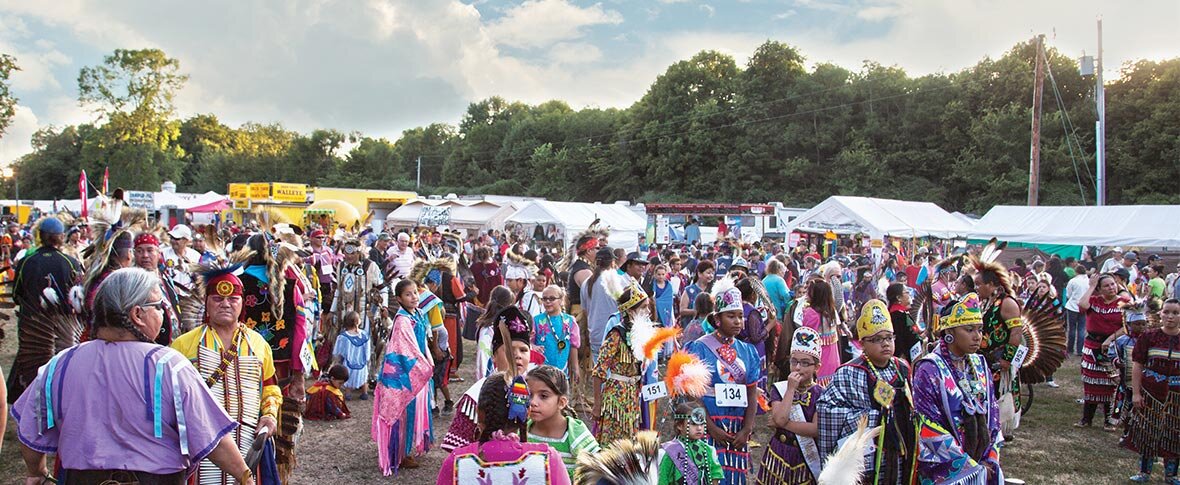
Band Member Voices
December Culture Column - CARING FOR THE SPIRIT'S VESSEL
By Nazhike, Mille Lacs Band Member
As Anishinaabe, we are taught that our bodies are sacred vessels created to carry our Anishinaabe spirits throughout this life. They were designed with the intention to walk the path we agreed upon before arriving here. Each of us came with a purpose, a reason the Manidoog placed us in this world. Our body and mind are the tools our spirits use to complete that purpose.
When the body and mind become altered by alcohol or drugs, it becomes difficult for the spirit to carry out its work. It's like when a phone refuses to update — the channels and frequencies become disrupted, messages get lost, and functions decline. The same thing happens to our connection with the spirit world. When we cloud the vessel, the Manidoog can no longer speak clearly to us. Our spiritual vision blurs, our intuition weakens, and the path becomes harder to follow.
We have a sacred responsibility to care for our spirits the same way we care for our bodies and minds. When we eat well and move our bodies, we strengthen the vessel. When we read, reflect, and learn, we nourish the mind. And when we pray, sing, and connect through ceremony, we care for the spirit. That connection must be maintained not just during hardship, but daily, through gratitude and awareness.
Each time we sit in ceremony, speak our language, or offer asemaa, we strengthen the line between our spirit and the spirit world. The more we practice, the stronger that signal becomes. It's like tuning a radio: when we're aligned, the messages come through clean and strong. When we're out of tune — when substances or distractions take hold — the static returns; we have spiritual lag. Our ancestors understood this balance deeply. They cared for the body, the mind, and the spirit as one.
When alcohol and drugs were introduced to our people, it wasn't by accident. They were used as tools to break the sacred connection between Anishinaabe and the spirit world. When the people were in a stupor, they could be deceived, controlled, and disconnected from their original instructions. Our spirits have spent enough time under the influence of that disconnection.
It is time to wake them up.
We do this through remembering. By taking part in our customs, learning our language, and practicing our way of life, we bring our spirits back to the path. When we reconnect to the Manidoog through ceremony and learning, we experience a feeling that is the exact opposite of intoxication — a clear, powerful energy that fills the spirit with energy.
That feeling is what it means to be alive in the way the Creator intended. It prepares us to complete what we came here to do — Wenji-bimaadiziyaang, the reason for our life.
As Anishinaabe, we were given everything we need to heal and fulfill that purpose. The path back to balance is through our way of life; its a return home. When the body, mind, and spirit move together again, the messages flow freely, and the Manidoog's vision can be achieved through us.
Miigwech.


